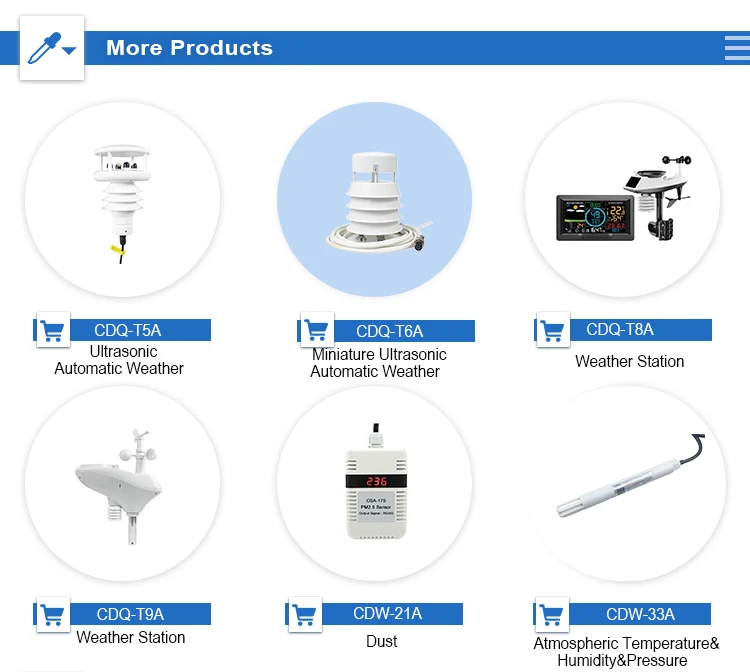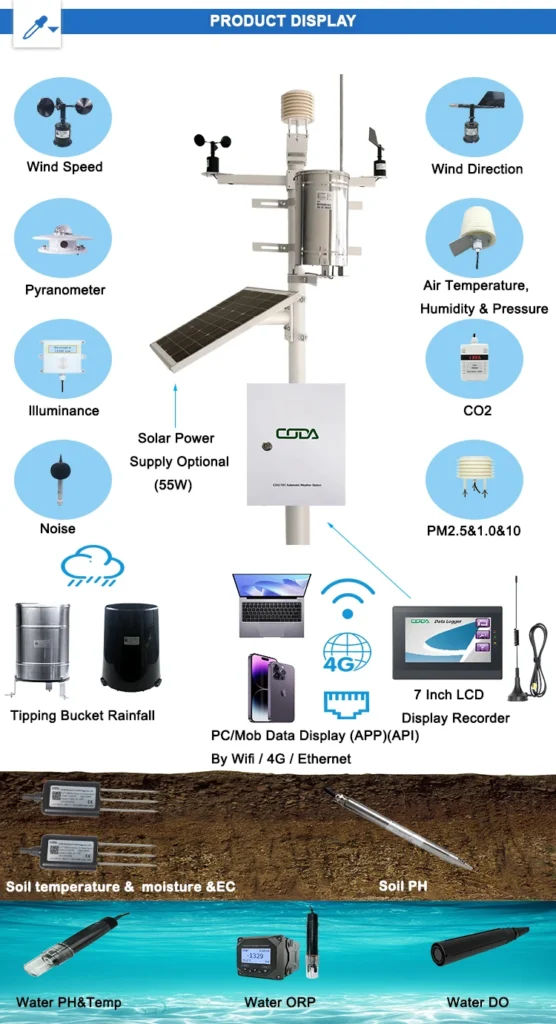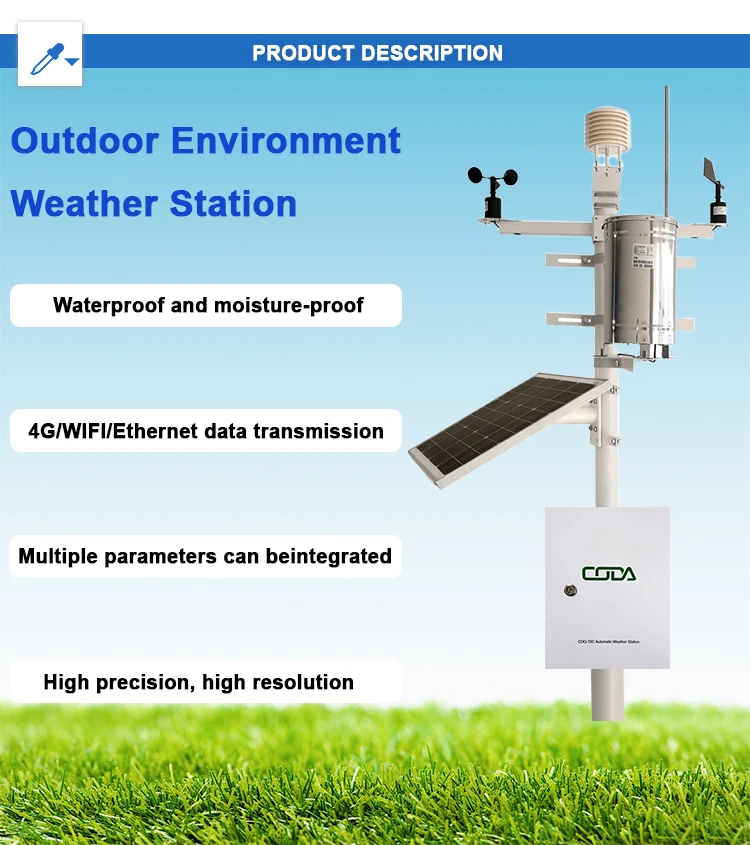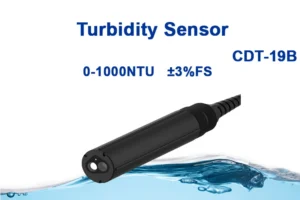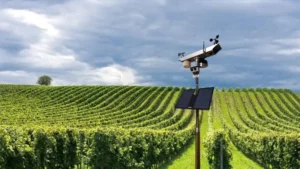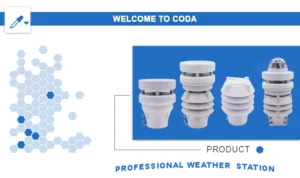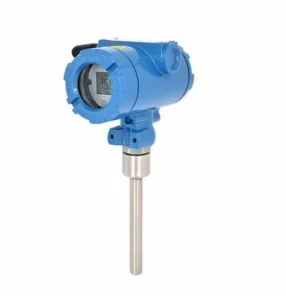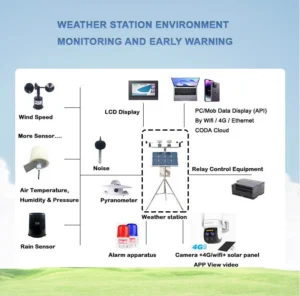How Does Digital Wireless Weather Station Work
In today’s world, accurate and real-time weather information is important for many areas of life. This includes agriculture, aviation, and daily planning. Digital wireless weather station have become essential tools for these needs. These stations give a complete view of the weather. They measure several things like temperature, humidity, wind speed, wind direction, and rainfall. Knowing how they work helps us appreciate the technology behind the weather data we depend on.
Data Collection: The First Step
The operation of a digital wireless weather station begins with data collection. At the heart of the station are various sensors, each designed to measure a specific weather parameter.
Temperature and Humidity Sensors:
Temperature sensors, often made of materials like thermocouples or thermistors, change their electrical properties in response to temperature variations. For example, a thermistor’s resistance decreases as the temperature rises. Humidity sensors, on the other hand, detect the amount of moisture in the air. Many people use capacitive humidity sensors. These sensors detect changes in capacitance caused by water vapor. These sensors continuously monitor the ambient temperature and humidity, converting the physical changes into electrical signals.
Wind sensors:
Typically measure wind speed using an anemometer. One common type is the cup anemometer, which consists of several cups mounted on a vertical shaft. As the wind blows, the cups rotate, and the rotation speed is proportional to the wind speed. A small generator or magnetic sensor attached to the shaft converts the mechanical rotation into an electrical signal. A wind vane measures wind direction; it consists of a flat, horizontal plate that pivots freely. Its orientation indicates the direction from which the wind is blowing. A potentiometer or magnetic sensor changes the position of the wind vane into an electrical signal. This signal shows the wind direction.
Rain Gauge Sensors:
For measuring rainfall, tipping bucket rain gauges are often employed in weather stations. As rainwater collects in the bucket, it tips when a certain amount has accumulated. Each tip makes an electrical pulse. You can count this pulse to find the total rainfall over time.
Wireless Data Transmission
Once the sensors collect data as electrical signals, the next step is to send this information. Digital wireless weather stations use wireless technology to send data from the sensor unit. People often place this sensor outside in a clear area. People usually locate the receiver unit indoors.
Radio Frequency (RF) Transmission: RF technology is commonly used for this purpose. The system first converts the electrical signals from the sensors into a digital format. Then, they modulate onto a radio frequency carrier wave. An antenna transmits this modulated signal through the air. The advantage of RF transmission is that it can cover long distances. It usually ranges from a few dozen meters to several hundred meters. This depends on the power of the transmitter and the conditions around it. It can penetrate walls and other obstacles to some extent, allowing the data to reach the receiver indoors.
Frequency-Hopping Spread Spectrum (FHSS) and Direct Sequence Spread Spectrum (DSSS) help ensure clear communication. Many weather stations use these advanced methods to avoid interference. FHSS quickly changes between different radio frequencies in a band. This reduces the chance of interference from other wireless devices using the same frequencies. DSSS spreads the data signal over a wider frequency band. This makes it more resistant to noise and interference.
Data Reception and Processing
People usually place the receiver unit in a convenient indoor spot, like a living room or study. It picks up the wireless signals sent by the sensor unit.
Signal Demodulation: Once the receiver detects the RF signal, it demodulates it to extract the original digital data. This process reverses the modulation that occurred at the transmitter, separating the data from the carrier wave.
Data Decoding and Conversion: The weather station receives digital data. Researchers then decode this data using a specific protocol. After decoding, the system converts the data back into meaningful weather parameter values. For example, electrical signals show temperature and humidity. These signals convert into actual readings in degrees Celsius (or Fahrenheit) and percentage.
Display and Storage: The processed data shows on the receiver unit’s screen. This lets users quickly see the current weather conditions. Many modern weather stations also have the ability to store historical data. This data can help us look at weather trends over time. We can see daily temperature changes, monthly rainfall patterns, and seasonal shifts in wind speed and direction. Some weather stations can connect to a computer or mobile device. They use USB, Wi-Fi, or Bluetooth. This lets users access and analyze data with special software.
Power Supply
Both the sensor unit and the receiver unit require a power supply to operate.
Battery-Powered: Many digital wireless weather stations run on batteries. This is especially true for the sensor unit. People often place the sensor outside, where they may find it hard to reach a power outlet. People commonly use lithium-ion or alkaline batteries. They offer a steady power source for a long time, usually from several months to a year. This depends on how much power the sensors use and how often they send data.
Solar – Powered: Some advanced weather stations incorporate solar panels in the sensor unit. Solar power is a sustainable and cost – effective option, especially for outdoor devices. The solar panels convert sunlight into electrical energy and store it in rechargeable batteries. This allows the sensor unit to work all the time, even in remote places without electricity.
In conclusion
Digital wireless weather stations operate through several steps. These steps include data collection by sensors, wireless transmission, reception, processing, and display. These technologies help us get accurate and current weather information. This information is important for making smart decisions in many areas of our lives.
